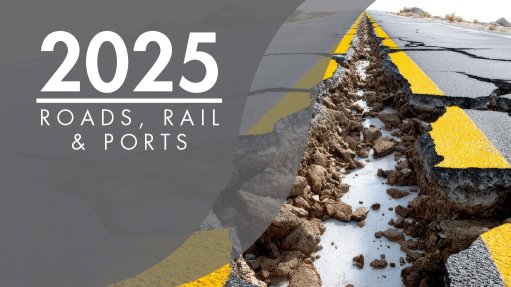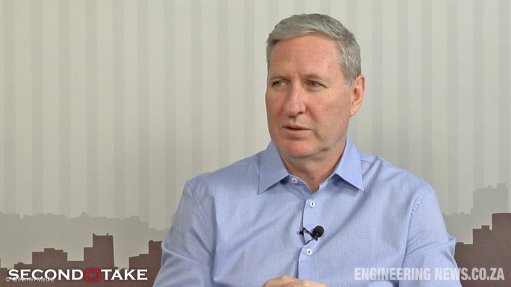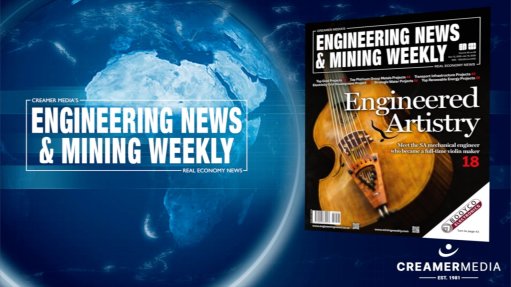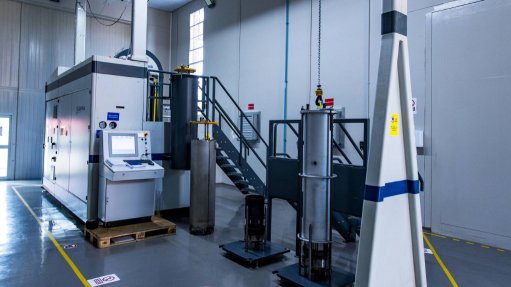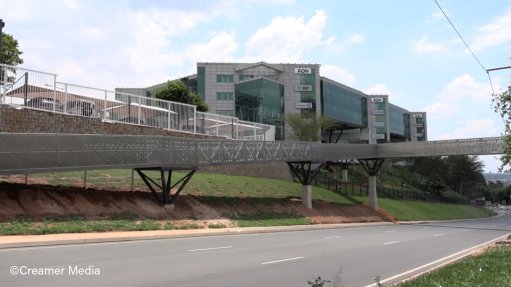Mines and the local economy – excellence in the making
This article has been supplied.
By: Hennie Colyn - MMM, Strategic Account Executive (RKAM) at Schneider Electric
Localisation is, by definition, a broad term used to describe a myriad of products, services and operations – all developed to meet the needs of a particular market or community. And whilst it sounds quite dry, it’s anything but. The ability to marry cultural, linguistic, economic, regulatory and environmental factors is no mean feat, and the benefits are numerous.
In the mining, minerals and metals sector, localisation benefits both the mine (in question) and the local economy. It is symbiosis at its finest, as both parties stand to gain tremendously.
However, to understand localisation, it’s almost important to drill down, if you’d excuse the pun, to what localisation truly means to the mining and equally important, how the sector can benefit local communities and economy.
It’s a win-win scenario
For one, localisation initiatives prioritise the hiring of local talent, sourcing from local suppliers, and fostering community-led development. This creates jobs and stimulates economic growth by increasing domestic demand for goods and services.
Furthermore, for communities near mining operations, this translates to improved livelihoods and more robust local economies. In fact, countries across the globe boast local mining towns.
Equally, mines benefit from local supply chain stability and the subsequent risks associated with global disruptions, currency fluctuations, and logistical delays, making operations more resilient.
Additionally, by generating legitimate employment opportunities, localisation diminishes the appeal of illegal mining, addressing a significant socio-economic challenge in many mining regions.
Examining the bigger picture, localisation also enable organisations to meet their broader sustainable development goals. Through the investment in infrastructure, education, and healthcare, mining companies enhance community welfare and long-term economic viability. These efforts echo global sustainability priorities, including poverty alleviation, education, and gender equality.
Digital technologies drive localisation
For localisation to truly take effect, the mining, minerals and metals sector must also partner with technology companies. Indeed, across the globe, the sector is moving towards a digital posture, and localisation is part of this transition.
In short, the new era of digital mining allows mines to gain the most from local expertise and operations.
At the heart of mining operations lie its people, which is why their safety is paramount. Here, automated and remote-controlled equipment reduces risks in hazardous environments, allowing machine to shine while man stays safe.
Furthermore, real-time data systems enhance mineral exploration and processing, allowing companies to identify and extract valuable resources with precision.
Advanced technologies like precision mining and sensor-based systems minimise waste also optimise resource utilisation, thus reducing reliance on traditional energy sources whilst contributing to lower carbon emissions. This is particularly beneficial in countries that struggle with unstable grid infrastructure.
Real-time monitoring and data analytics also help mining companies identify inefficiencies, optimise operations, again saving on OPEX. Furthermore, the integration of Geographic Information Systems (GIS) and cellular technologies ensures streamlined operations in challenging terrains.
Skills development for localisation
Importantly, upskilling and reskilling local workers to operate advanced technologies ensure the long-term viability of digital innovations in mining. Similarly, it creates digital savvy workforce which allows for important skills development in:
• Proficiency in operating and maintaining automated and AI-driven systems.
• Data analytics capabilities for interpreting sensor and equipment data.
• Knowledge of sustainability practices to align with environmentally responsible mining initiatives.
Lastly, one would be remiss not to talk about the importance of AI and automation in local mining operations. AI-powered tools, such as predictive maintenance systems, autonomous vehicles, and drones, reduce operational costs, enhance safety, and optimise resource extraction.
By leveraging AI, companies can predict potential issues, reduce downtime, and streamline ore processing, further boosting productivity.
Article Enquiry
Email Article
Save Article
Feedback
To advertise email advertising@creamermedia.co.za or click here
Comments
Announcements
What's On
Subscribe to improve your user experience...
Option 1 (equivalent of R125 a month):
Receive a weekly copy of Creamer Media's Engineering News & Mining Weekly magazine
(print copy for those in South Africa and e-magazine for those outside of South Africa)
Receive daily email newsletters
Access to full search results
Access archive of magazine back copies
Access to Projects in Progress
Access to ONE Research Report of your choice in PDF format
Option 2 (equivalent of R375 a month):
All benefits from Option 1
PLUS
Access to Creamer Media's Research Channel Africa for ALL Research Reports, in PDF format, on various industrial and mining sectors
including Electricity; Water; Energy Transition; Hydrogen; Roads, Rail and Ports; Coal; Gold; Platinum; Battery Metals; etc.
Already a subscriber?
Forgotten your password?
Receive weekly copy of Creamer Media's Engineering News & Mining Weekly magazine (print copy for those in South Africa and e-magazine for those outside of South Africa)
➕
Recieve daily email newsletters
➕
Access to full search results
➕
Access archive of magazine back copies
➕
Access to Projects in Progress
➕
Access to ONE Research Report of your choice in PDF format
RESEARCH CHANNEL AFRICA
R4500 (equivalent of R375 a month)
SUBSCRIBEAll benefits from Option 1
➕
Access to Creamer Media's Research Channel Africa for ALL Research Reports on various industrial and mining sectors, in PDF format, including on:
Electricity
➕
Water
➕
Energy Transition
➕
Hydrogen
➕
Roads, Rail and Ports
➕
Coal
➕
Gold
➕
Platinum
➕
Battery Metals
➕
etc.
Receive all benefits from Option 1 or Option 2 delivered to numerous people at your company
➕
Multiple User names and Passwords for simultaneous log-ins
➕
Intranet integration access to all in your organisation








